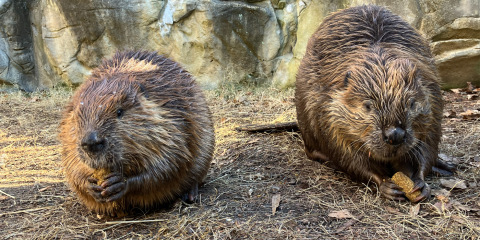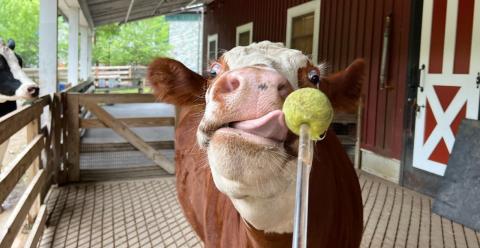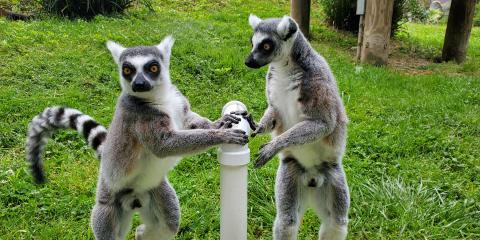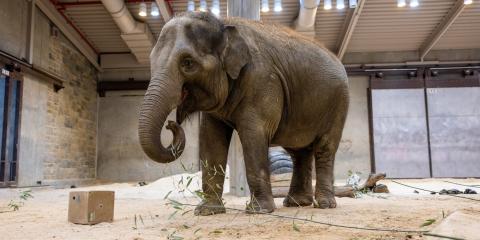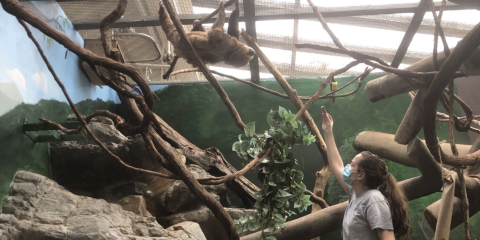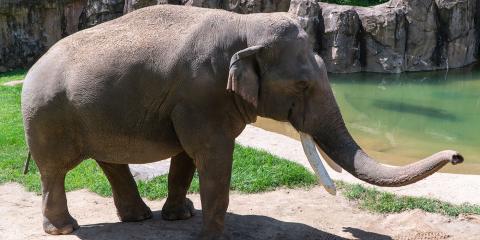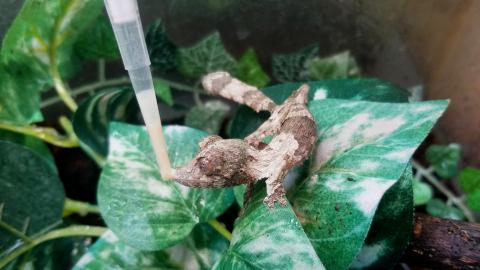Animal Enrichment
What Is Enrichment?
Enrichment gives animals a creative outlet for physical activity and mental exercise, as well as choice and control over how they spend their time. Examples of enrichment include puzzle feeders that encourage animals to forage for food, climbing structures that enhance habitats, and training sessions where animals can interact with keepers.
Enrichment keeps an animal's day interesting and is just as essential to animal welfare as nutrition and veterinary care.
Types of Enrichment

Habitat
Changing the environment creates a novel experience for animals. Adding trees, vines, and perching areas or using different substrates, such as sand, mulch, or grass can entice animals to navigate their habitats in new ways. Keepers can also provide options for dens and different types of bedding.
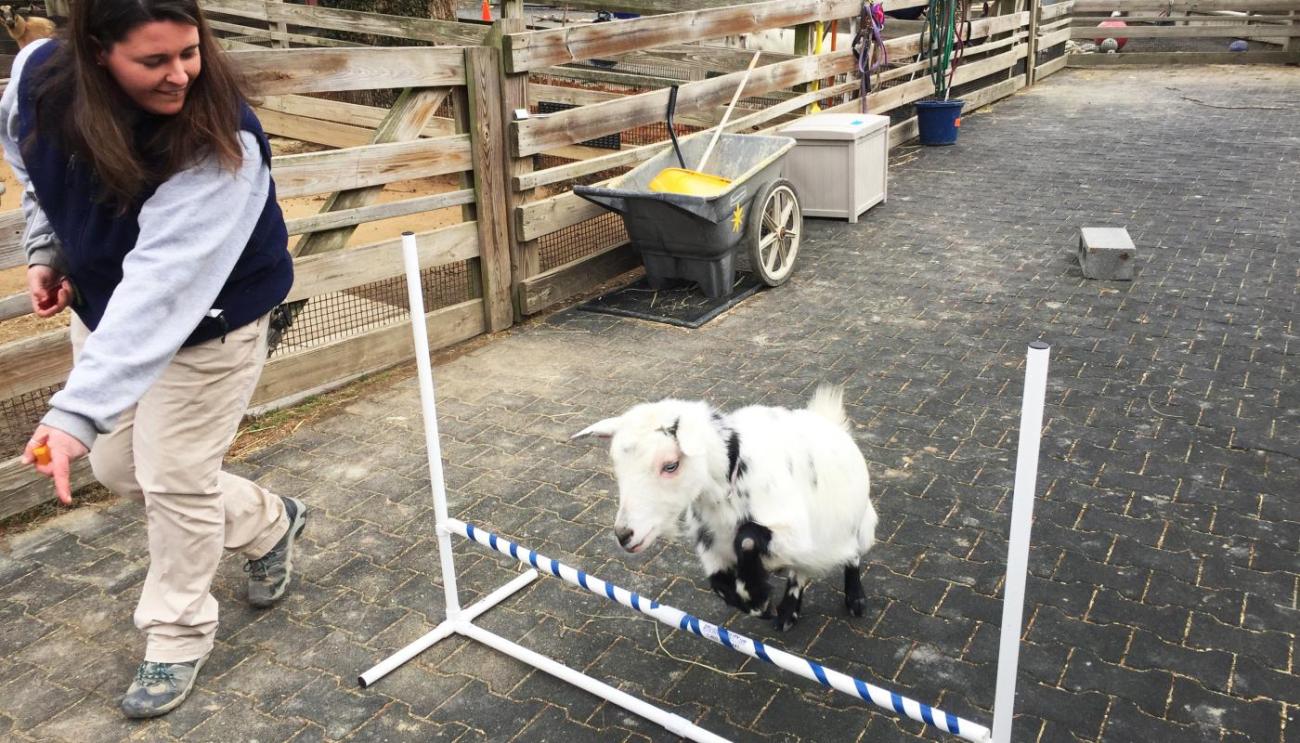
Cognitive
Helping animals exercise their minds is as important as giving them space to run, jump and climb. Training sessions and research projects are two types of cognitive enrichment that allow animals to problem-solve, learn and try new activities. Past research has included studies on orangutan memory, how lizards see color, and how giant pandas forage. Training often lets animals participate in their own medical care, like learning to step onto a scale.
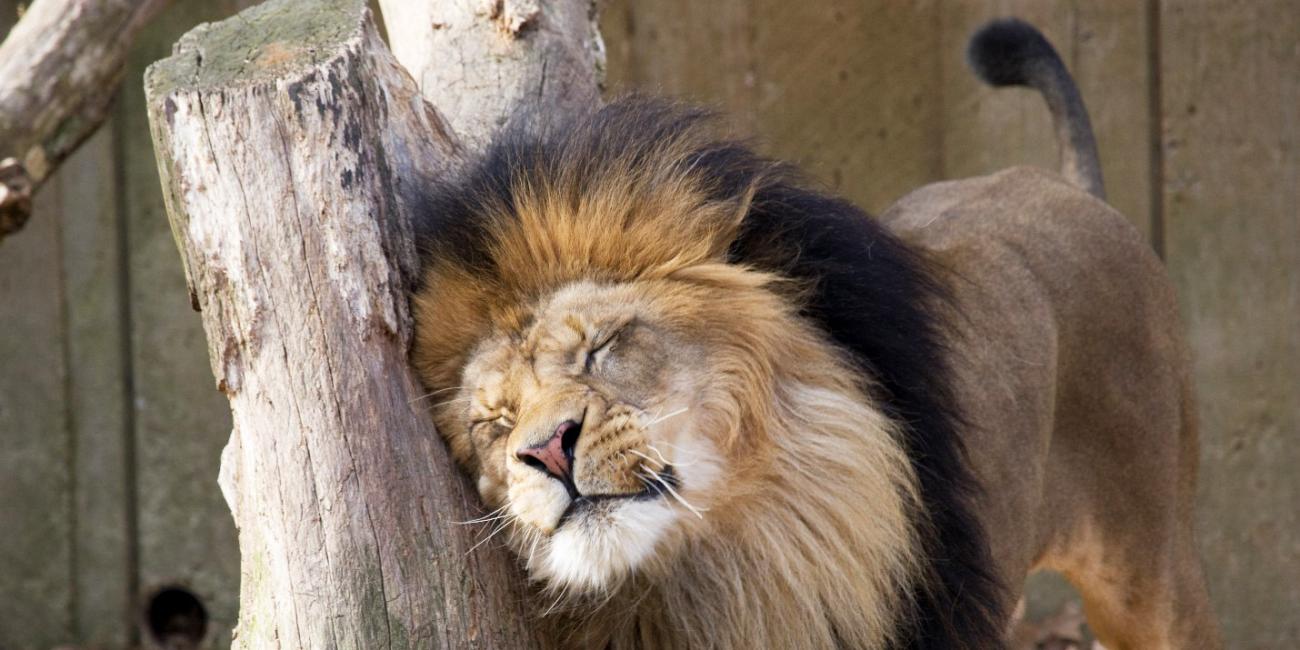
Sensory
Scents and sounds encourage animals explore their habitats. Natural predator or prey scents and new smells, such as spices or diluted perfumes, can be sprinkled on the ground or sprayed on a log for an animal to investigate. Playing recorded sounds, like insect activity and bird calls, can simulate the sounds of a habitat in the wild.
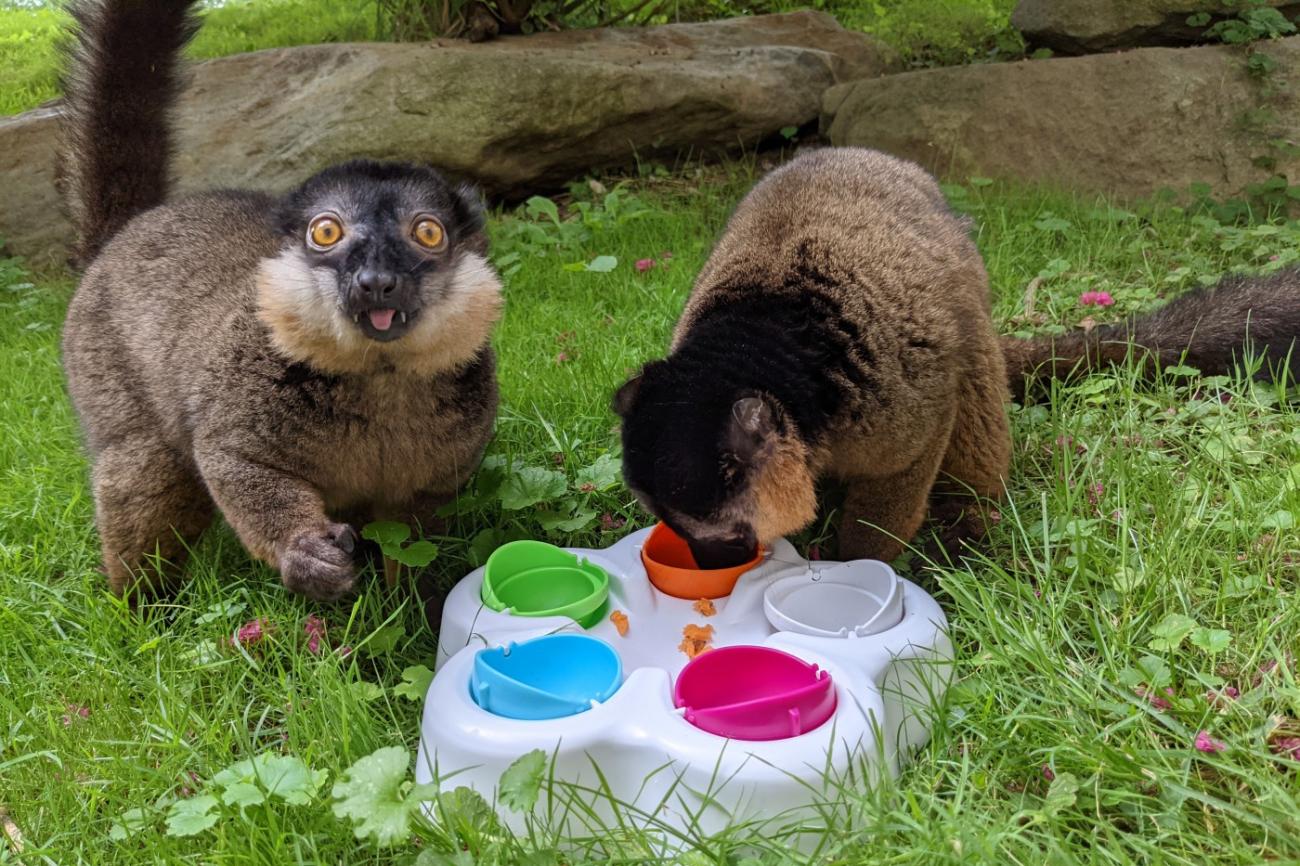
Food
Food can be placed in a puzzle feeder, hidden, frozen in ice treats, buried, or scattered throughout an animal's habitat. Making food part of daily enrichment encourages zoo animals to forage and work for their meals, just as their wild counterparts do.
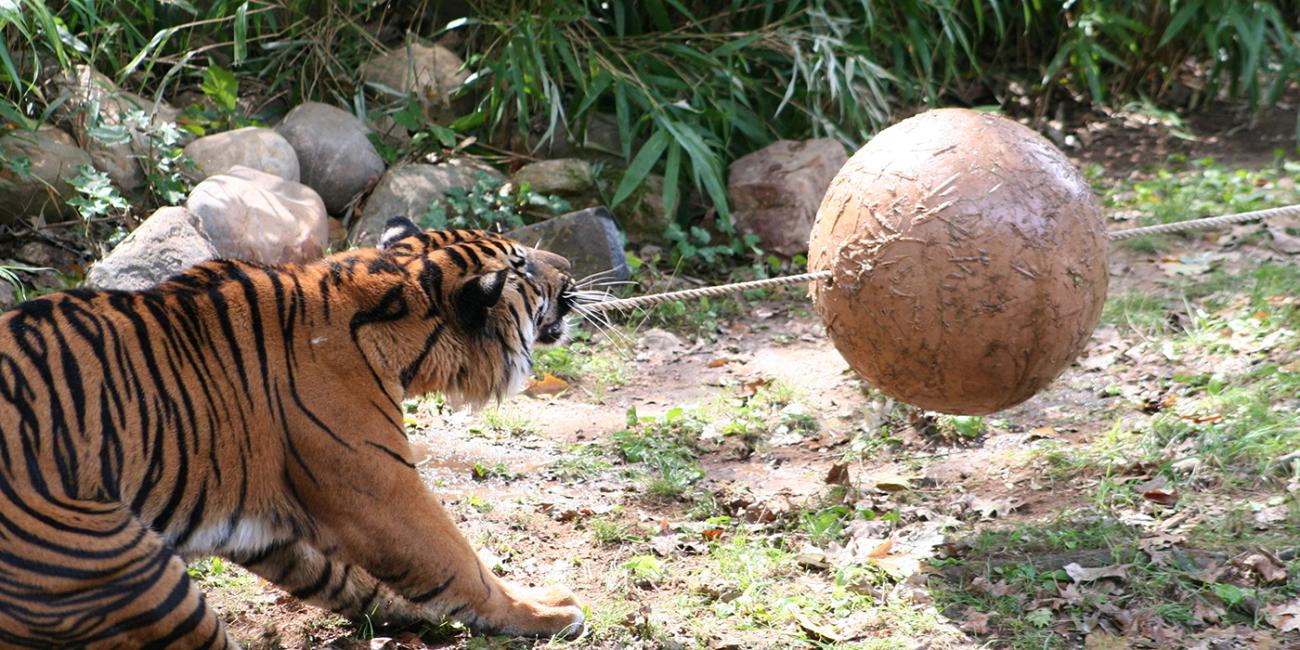
Toys
Toys can include burlap bags, sheets, boomer balls, kongs, chew toys, hammocks and more. Often, toys and food are combined to create new, enriching activities for animals.

